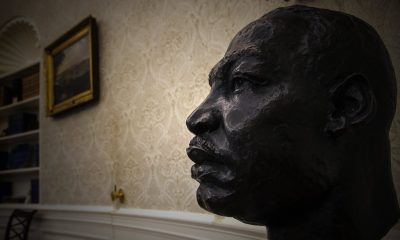Art
Broadway Luminaries to Perform in ‘Let Freedom Ring’ Concert
WASHINGTON INFORMER — This year, two performers usually associated with theater, Audra McDonald and Brian Stokes Mitchell, will share the marquee to present a new incarnation of the musical tribute to King.
By Eve M. Ferguson
The year 2019 has dawned as a different sort for many reasons, and not all good ones. But this year, the annual “Let Freedom Ring” concert, presented by Georgetown University in partnership with the Kennedy Center for the Performing Arts, is taking a new approach to the talent slated to perform with the Let Freedom Ring Choir, celebrating the legacy of Dr. Martin Luther King Jr. in the annual holiday program.
This year, two performers usually associated with theater, Audra McDonald and Brian Stokes Mitchell, will share the marquee to present a new incarnation of the musical tribute to King. The two African-American luminaries are considered among the finest in musical theater currently performing.
McDonald is a multiple award winner for her roles in theatrical performances from “Carousel” to “Master Class.” As the youngest recipient of three Tony Awards before the age of 30, she also has a dedication to African-American theater and music. Her legacy has been compared to that of Judy Garland and Barbara Streisand.
In 2004, she won a Tony for her role in “A Raisin in the Sun” and went on to reprise the performance in the made-for-television version with Sean “Diddy” Combs. She also received critical acclaim for her solo performance in “Lady Day at Emerson’s Bar & Grill” adapted from the Broadway play for HBO.
She has also played major African-American characters in “Porgy and Bess” and was instrumental in reviving the Noble Sissle and Eubie Blake 1921 musical revue, “Shuffle Along,” which she had to withdraw from performing to take an unexpected maternity leave.
“Maybe it is because my uncle and my parents were always very involved with the civil rights movement, so I just grew up and I was raised that you have to speak out and look out for your fellow man, woman and child,” McDonald said.

[/media-credit] Brian Stokes Mitchell
It is no coincidence that she will perform with Brian Stokes Mitchell, her frequent co-star who has played alongside her in “Shuffle Along” and also the Broadway version of “Ragtime,” where Mitchell took on the role of protagonist Coalhouse Walker.
Dubbed the “Last Leading Man” by the New York Times, Mitchell’s resume on Broadway and beyond is nearly unmatched by any performer, regardless of race.
Mitchell recently took the stage at Carnegie Hall for his solo debut, despite his long history in theater. The sold-out event where he performed with a 42-piece orchestra conducted by Paul Gemignani, saw him joined by some of his past leading ladies including Reba McEntire, Heather Headley and Phylicia Rashad.
Mitchell is best known for his work on the Broadway stage, where he has received impressive accolades, including Broadway’s highest honor, the Tony Award. Mitchell appeared most recently on Broadway in the revival of “Man of La Mancha,” portraying the dual roles of Cervantes and Don Quixote and earning a Tony nomination and a Helen Hayes Award for his work.
The pair will perform part of the concert with the Let Freedom Ring Choir, created in 2006 for the King Day celebration. The choir, made up of local church choir singers and students from Georgetown University, is directed by Rev. Nolan Williams Jr., a local musician and scholar whose resume includes minister of music for Metropolitan Baptist Church and chief music editor of the critically acclaimed “The African American Heritage Hymnal.”
The concert also includes the annual bestowal of a humanitarian award to a community activist who has played a significant role in the betterment of life through the lens of King’s legendary work.
The yearly concert, held on the King holiday, is free and open to the public, with tickets to the concert being distributed onsite at the Kennedy Center’s Hall of Nations beginning at 4:30 p.m. on Jan. 21.
This article originally appeared in the Washington Informer.
Activism
Griot Theater Company Presents August Wilson’s Work at Annual Oratorical Featuring Black Authors
The performance explores the legacy of Pulitzer Prize-winning playwright August Wilson whose 10-play Century Cycle chronicles the African American experience across the 20th century, with each play set in a different decade. “Half a Century” journeys through the final five plays of this monumental cycle, bringing Wilson’s richly woven stories to life in a way that celebrates history, resilience, and the human spirit.
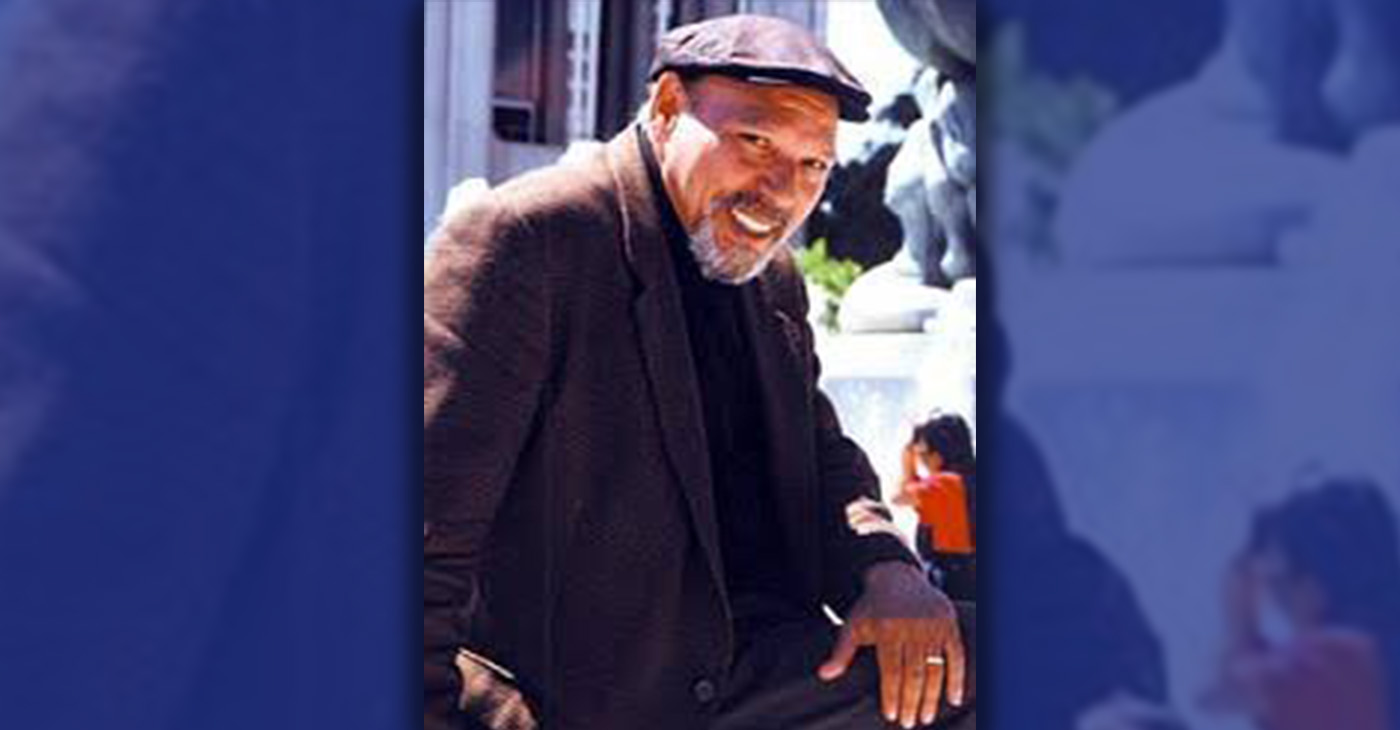
By Godfrey Lee
Griot Theater Company will present their Fifth Annual Oratorical with August Wilson’s “Half a Century,” at the Belrose on 1415 Fifth Ave., in San Rafael near the San Rafael Public Library.
The performance explores the legacy of Pulitzer Prize-winning playwright August Wilson whose 10-play Century Cycle chronicles the African American experience across the 20th century, with each play set in a different decade. “Half a Century” journeys through the final five plays of this monumental cycle, bringing Wilson’s richly woven stories to life in a way that celebrates history, resilience, and the human spirit.
Previous performance highlighting essential Black American authors included Maya Angelou, James Baldwin, and Lorraine Hansberry with Langston Hughes.
The play will be performed at 3:00. p.m. on Feb. 20, 21, 22, 27, and 28 at 7:00 p.m., and on Feb. 23 at 3:00 p.m.
For more information, go to griottheatercompany.squarespace.com/productions-v2
Activism
MLK Day of Service Volunteers Make Blankets and Art for Locals in Need
“Everyone has an opportunity to participate,” said Glenda Roberts, kinship support care program manager at CCYSB. “Our nonprofit organization and participants recognize how important it is to give back to the community and this is serving. As Dr. Martin Luther King, Jr. stated, ‘Everybody can be great…because anybody can serve.’”
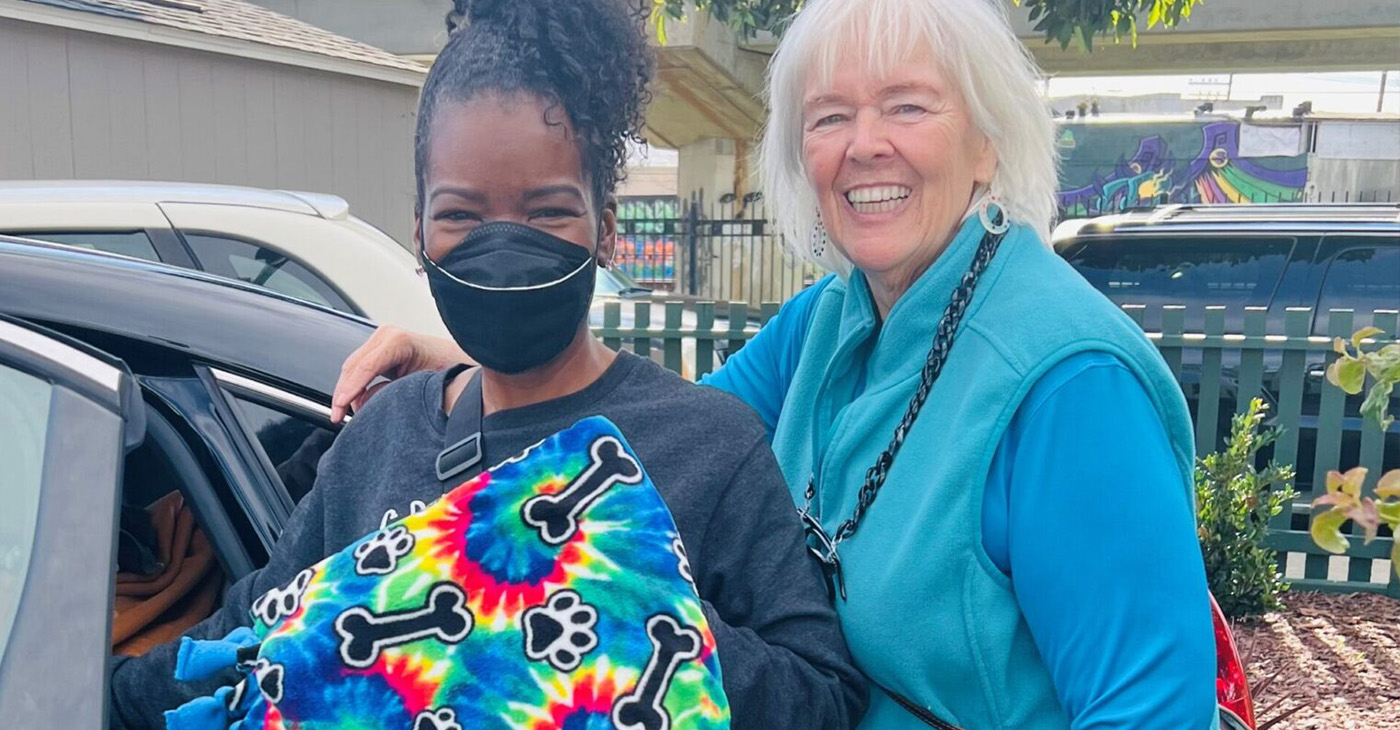
By Kathy Chouteau
The Richmond Standard
The Contra Costa Youth Service Bureau (CCYSB) and Bethlehem Missionary Baptist Church (BMBC) are collaborating with a team of volunteers for a Dr. Martin Luther King, Jr. Day of Service, Monday, Jan. 20 that will wrap the community’s most vulnerable people in warm blankets and provide them with an uplifting gift of art.
Volunteers will kick off their activities at BMBC at 11 a.m., making blankets for the unhoused people served by the Greater Richmond Interfaith Program (GRIP) and art for those in convalescence in Richmond.
Others will get to work preparing a lunch of chili, salad, a veggie tray, and water for participants, offered courtesy of CCYSB, while supplies last.
“Everyone has an opportunity to participate,” said Glenda Roberts, kinship support care program manager at CCYSB. “Our nonprofit organization and participants recognize how important it is to give back to the community and this is serving. As Dr. Martin Luther King, Jr. stated, ‘Everybody can be great…because anybody can serve.’”
“People of all ages are welcome to participate in the MLK Day of Service,” said Roberts. Volunteers can RSVP via phone to Glenda Roberts at 510-215-4670, ext. 125.
CCYSB Boardmember Jackie Marston and her friends donated the materials and supplies to make the blankets and art projects. The nonprofit is also providing the day’s complimentary lunch, as well as employees to volunteer, under the direction of CCYSB Executive Director Marena Brown.
BMBC, led by Rev. Dr. Carole McKindley-Alvarez, is providing the facility for the event and volunteers from the church, which is located at 684 Juliga Woods St. in Richmond.
Located in Richmond, CCYSB is a nonprofit youth advocacy organization that serves eligible children, youth, and low-income families with a variety of wraparound services so they can thrive. Programs include academic achievement, youth mentorship, truancy prevention and direct response.
Art
Vandalism at Richmond Ferry Terminal Saddens Residents
Residents have been lamenting the destruction online. Ellen Seskin posted photos of the vandalism to the Facebook group, Everybody’s Richmond, on Jan. 12, saying she encountered it while out on a walk. “It was on the sidewalk, the street, the doors to the ferry, even in the art installation and the ‘stone’ benches,” she said. “I reported it but knowing how slow they are about getting things done — I just know that the longer you leave graffiti, the more likely they are to spray it again.”
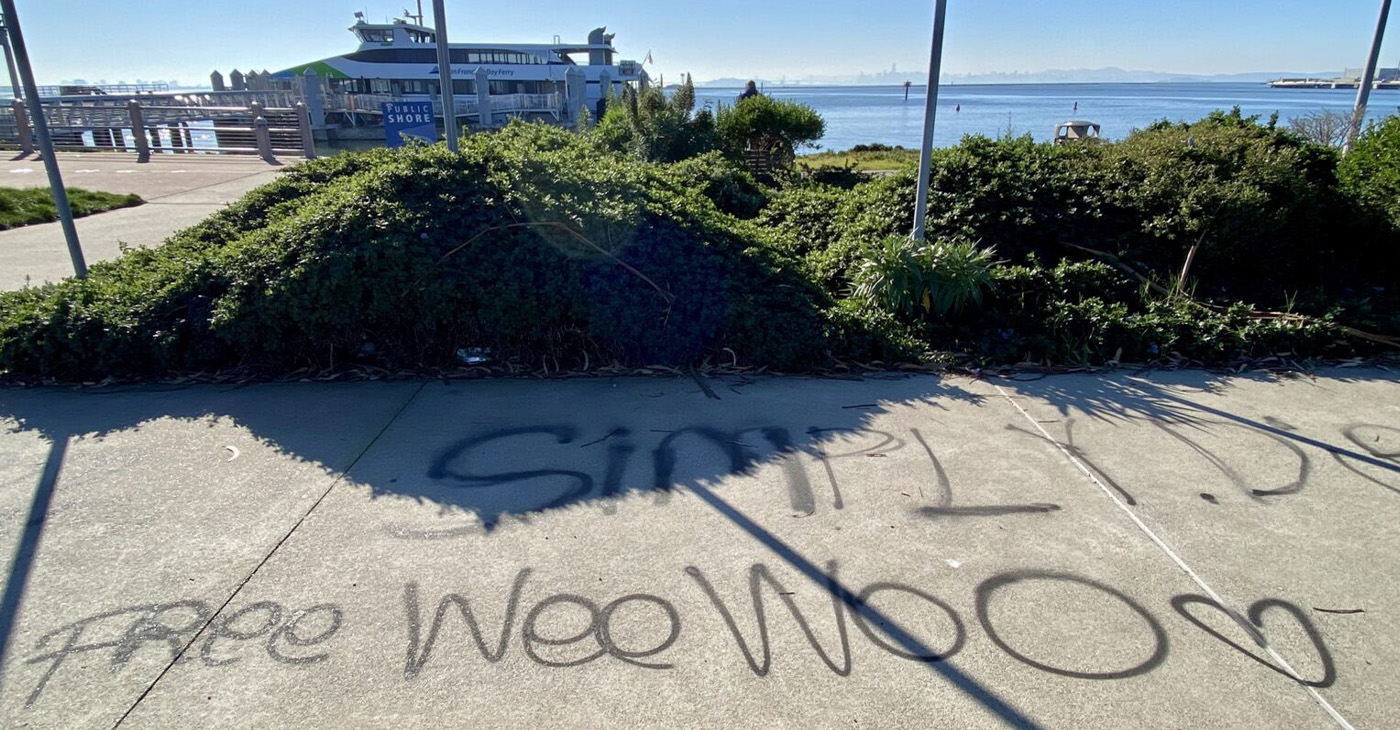
The Richmond Standard
“This is why we can’t have nice things,” stated the post on NextDoor.
The post referenced images of graffiti at the Richmond Ferry Terminal. Not just on the terminal, but also on public artwork, on trail signs, on public benches and the boardwalk.
On Wednesday, the Standard stopped by to see it for ourselves. The good news was that it appears the graffiti on the terminal and on the artwork, called Changing Tide, have been cleaned for the most part. But graffiti remained abundant in the area around the relatively new ferry terminal, which opened to the public just six years ago.
Graffiti artists tagged benches and the boardwalk. Cars that had done doughnuts in the street marked the cul-de-sac just outside the historic Craneway Pavilion.
A ferry worker told us the graffiti had been there since before he started working for the ferry service about a week ago.
A member of the Army Corps of Engineers who did not want to be named in this report called the scene “sad,” as “they’d done such a nice job fixing it up.”
“It’s sad that all this money has been spent and hoodlums just don’t care and are destroying stuff,” he said.
It wasn’t immediately clear how soon the graffiti would be removed. The Standard reported the graffiti to the city’s graffiti abatement hotline. We were prompted to leave a message reporting the address and location of the graffiti.
Residents have been lamenting the destruction online. Ellen Seskin posted photos of the vandalism to the Facebook group, Everybody’s Richmond, on Jan. 12, saying she encountered it while out on a walk.
“It was on the sidewalk, the street, the doors to the ferry, even in the art installation and the ‘stone’ benches,” she said. “I reported it but knowing how slow they are about getting things done — I just know that the longer you leave graffiti, the more likely they are to spray it again.”
In the comment section responding to Seskin’s post, local attorney Daniel Butt questioned why there aren’t cameras in the area.
On Nextdoor, one resident suggested searching to see if the tags match any accounts on Instagram, hoping to identify the perpetrator.
On its website, the City of Richmond says residents should graffiti immediately call Public Works graffiti removal and/or Code Enforcement at 510-965-4905.
Kathy Chouteau contributed to this report.
-
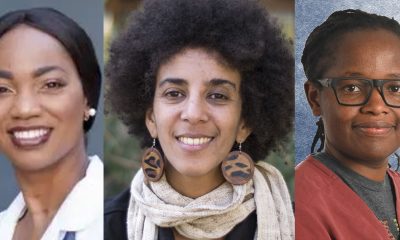
 Activism4 weeks ago
Activism4 weeks agoAI Is Reshaping Black Healthcare: Promise, Peril, and the Push for Improved Results in California
-

 Activism4 weeks ago
Activism4 weeks agoBarbara Lee Accepts Victory With “Responsibility, Humility and Love”
-

 Activism4 weeks ago
Activism4 weeks agoESSAY: Technology and Medicine, a Primary Care Point of View
-

 Activism4 weeks ago
Activism4 weeks agoFaces Around the Bay: Author Karen Lewis Took the ‘Detour to Straight Street’
-

 Activism4 weeks ago
Activism4 weeks agoNewsom Fights Back as AmeriCorps Shutdown Threatens Vital Services in Black Communities
-

 Arts and Culture4 weeks ago
Arts and Culture4 weeks agoBOOK REVIEW: Love, Rita: An American Story of Sisterhood, Joy, Loss, and Legacy
-

 #NNPA BlackPress4 weeks ago
#NNPA BlackPress4 weeks agoThe RESISTANCE – FREEDOM NOW
-

 Alameda County4 weeks ago
Alameda County4 weeks agoOUSD Supt. Chief Kyla Johnson-Trammell to Step Down on July 1





